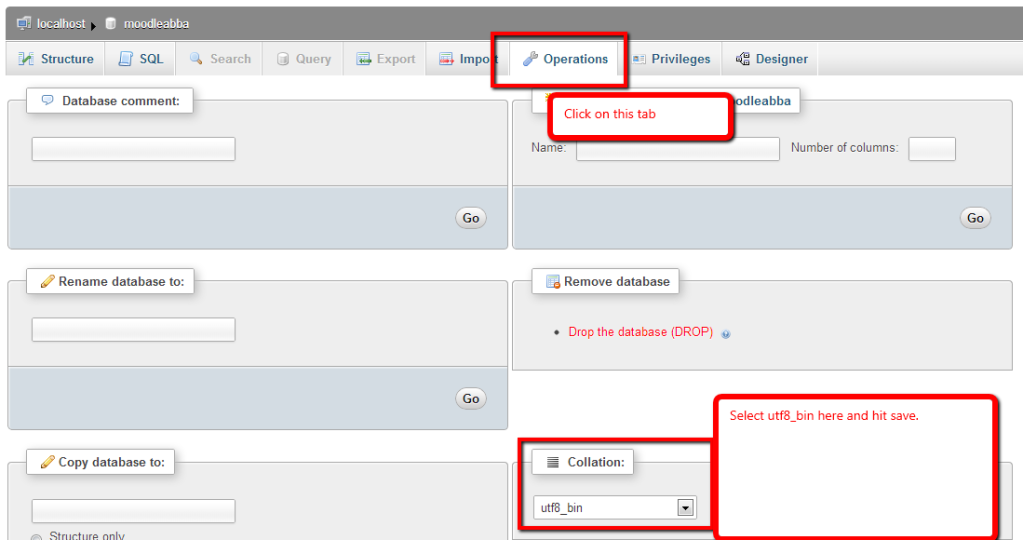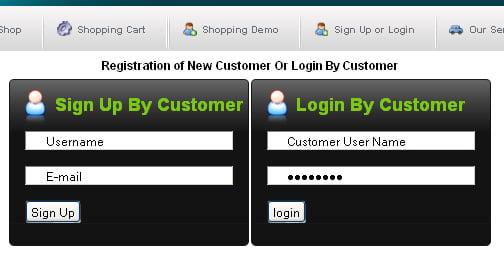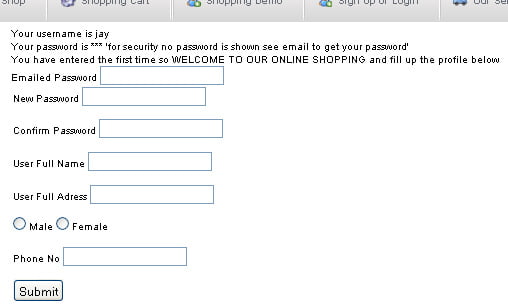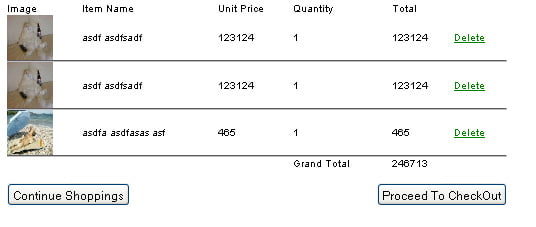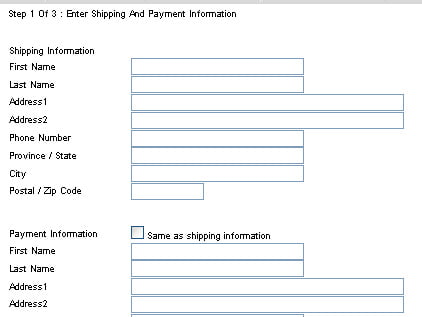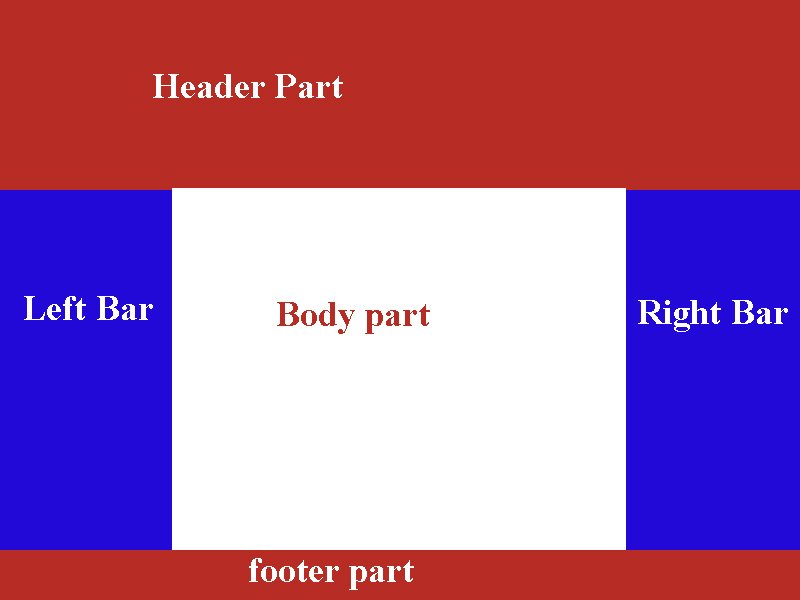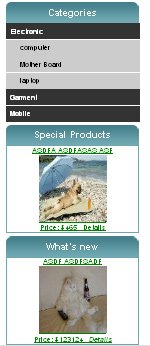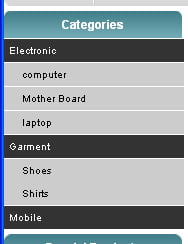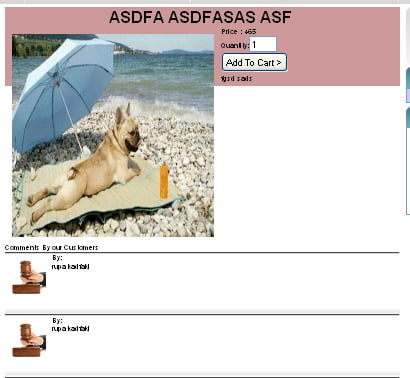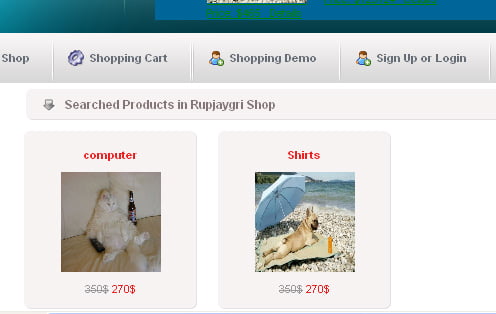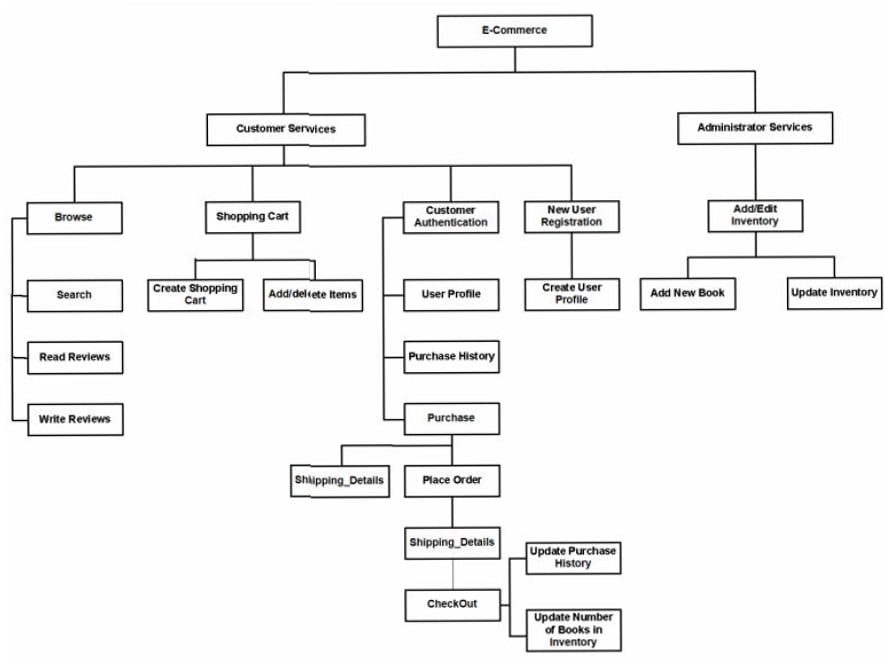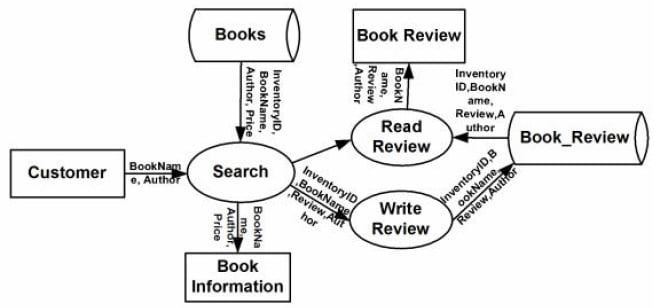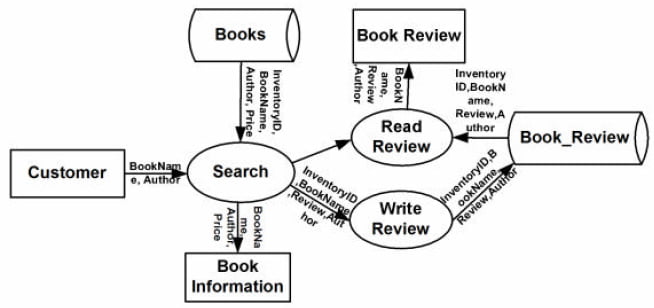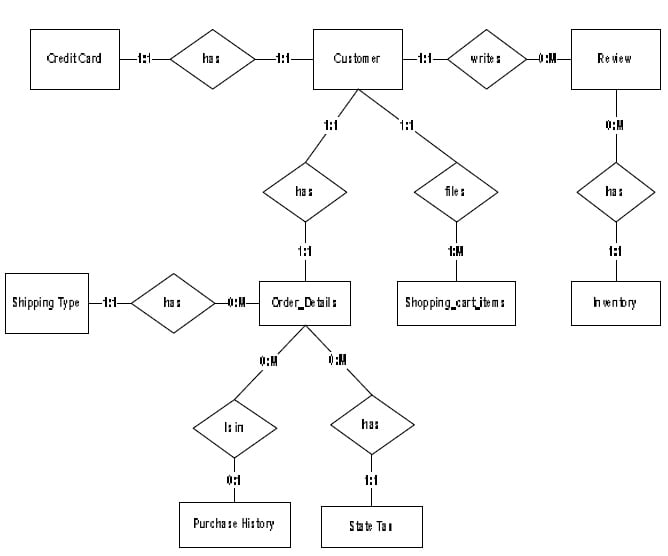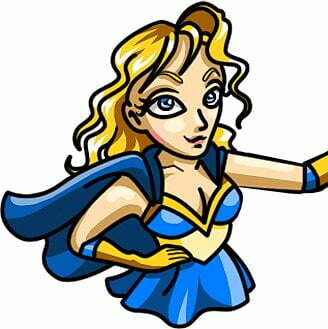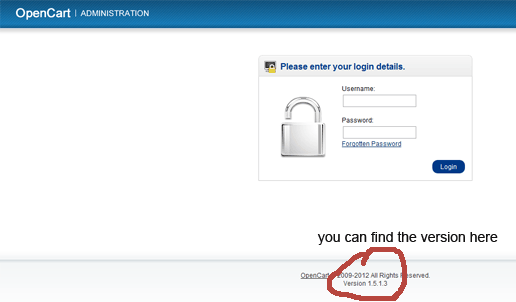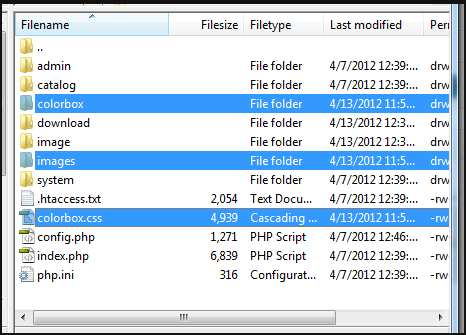This chapter contains the process and standards, project management standards, process improvement, offshore team building, and Project management process for the college internship report of Online earnings and website programming.
2.8 Process and Standards
The following standards summarize the commitment of DP SIGN towards the international best practices.
2.8.1 Project management standards
At DP SIGN, we believe that project management is the key to the success of any project, more so for IT projects. We closely follow the PMBOK as set by the Project Management Institute (PMI) standards.
2.8.2 CMMI: The process improvement initiatives
We have initiated the development of process standards inâ€house with the implementation of CMMI (Capability Maturity Model Integration). This process improvement approach will provide our organization with the essential elements of effective processes. CMMI can be used to:
- guide process improvement across a project or throughout an entire organization
- integrate traditionally separate organizational functions
- set process improvement priorities and goals
Processes being the pivot of the realization of products/services, DP SIGN ensures that every pertinent activity comports with the defined processes. The following sequence features the processes that are executed during the entire development lifecycle
2.8.2.1. The offshore team-building process
This process primarily focuses on the team-building approach and deals with both onshore and offshore development centers. The following phases and activities summarize this process
Phase: Project team creation
Activities:
- Defining and signing off the scope agreement
- Identification of key team members for the project
- Signing off the related agreements
Phase: Onsite to Offsite knowledge transition
Activities:
- Offshore Team Building Process
- Project Outsourcing Process
- Project Management Process
Phase: Offshore process definition
Activities:
- Tailoring standard methodology to comply with client’s requirements
Phase: Offshore simulation
Activities:
- Simulation of a client’s environment at the offshore development center
- Review and comply with service level agreements
- Establishment of the required infrastructure
- Setting up the offshore team structure
- Training the ODC team for client’s requirements
Phase: Offshore project execution
Activities:
- Define and review the different phases of the project
- Establishment of project plans for each phase
- Execution of the project in a phase-wise manner in adherence to the corresponding project plan.
- Project outsourcing process continues hereafter.
- Review of the project plan as and when required
Phase: Review of ODC team and infrastructure
Activities:
- Establishment of metrics to identify the client’s satisfaction level in
- Terms of team structure/communication, infrastructure, and any other relevant issues
- Implementation of feedback from the client
2.8.2.2 Project outsourcing process
This process comprises of the following phases, activities, and deliverables related to the project execution.
Phase: Analysis of requirements
Activities:
- Requirement capture
- Describing the old architecture
- Identification of critical issues
- Identification/assessment of client risk and mitigation measures
- Establishment of project scope
Phase: Creation of Design Documents
Activities:
- Development of system design schema
- Creation of detailed project plan
Deliverable:
- Design documents
- Hardware and system architecture
Phase: Development/Unit testing
Activities:
- Modules coding
- Unit testing
- Test case design and documentation
Deliverable:
- Test Plan
- Issue tracking log
- Code walkthrough review
- System test cases
Phase: System Integration/Testing
Activities:
- Execution of test cases
- Fixing bugs
- Change request review
- Update test cases
- Update design documents
Deliverable:
- Test plan and Test cases
- Test log sheet
- Approved changed request
- Updated design documents
Phase: Acceptance/ release to production
Activities:
- Verification of acceptance criteria
- Fixing bugs
- Review of the Change request
- User training
- Development of user manuals
Deliverable:
- Sign off on acceptance
- Detail QA reports
- User manual
- Installation/release notes
2.8.2.3 Project management process
Phase: Initial Project Plan
Activities:
- Estimation of effort and development time with the support of lead developer and QA manager
- Resource allocation for each task
Phase: Project tracking/visibility (recurring step till the delivery of project)
Activities:
- Preparation of weekly status by the project manager (For some clients there will be daily Scrum).
- Discussion on project status with the client in the defined period
- Readjustment of the resource as required
- Updating the project plan in accordance with the change request issued by the client
Phase: Project plan for the next phase (recurring step till the delivery of project)
Activities:
- Generation of the project plan for the next phase
- Tracking of next phase
2.9 Domain Profile
DP SIGN offers its skills/services in two different segments i.e. System level programming and application-level programming.
2.9.1 System Level Programming
DP SIGN has been doing various projects related to embedded system development. It is basically developing systems in C. We have good expertise in working on the Linux platform as well as on Windows. Our work involves working in different protocols related to the network. We have also been working with media formats like MPEG4. Following is the summary of Tools and Technology we use at DP SIGN at the System Programming unit:
| System Programming unit | Software |
| Development IDE | Eclipse CDT |
| Compilers | gcc and g++ |
| Debugging and Profiling tools | gdb, gprof, strace, ltrace, mtrace, linux trace toolkit |
| Testing Tools | CUnit, Cgreen |
| Bug Tracking System | Bugzilla |
| Version Control System | Subversion |
| Platform | Montavista Linux 4.1, Red Hat Enterprise Linux |
| Protocols for Network | Real-Time Streaming Protocol(RTSP), Session Description Protocol(SDP), Realâ€Time Transport Protocol(RTP), UDP, TCP |
| Media Format | Mpeg4 |
Tab: 2.1 System units and its Software
2.9.2 Application Level Programming
We provide specialized services to cater to the specific web requirements that are by practice defined by the client. In this context, we concentrate more on the implementation approach for the customer defined requirements coupled with the right technologies to deliver a high-quality web solution. Our expertise is distributed but not limited to the client-server solution, thin client-based application and web-based application development. We have been working with our clients mostly in the area of Eâ€commerce solutions, CRM solutions, and third-party web integration.
Here is a list of technologies and platforms that we use to bring you the best, most efficient and costâ€effective solution.
| Technology | Platform |
| Operating System | Linux, Windows2000/ XP, WinNT |
| Web Page Design Scripting Technology | AJAX, HTML/DHTML, XML, JavaScript, PHP, Perl / CGI, .NET, ASP |
| Database | Mysql, MSSQL, MS Access, Oracle |
| Graphics Design Tools | Adobe Photoshop, Adobe Illustrator, CorelDraw, GNOME Imaging Software |
| Web Development Tools | Ultradev Dreamweaver, Dreamweaver MX, PHP Editor, Microsoft Visual Basics, Microsoft Visual Studio.NET, Macromedia Flash |
| Programming Languages | PHP, ASP, VB, C/C++, C# |
| Testing Tools | Test Track, Track+, Cppâ€Unit, Nâ€Unit, Win Runner, Load Runner |
| Bug Tracking System | Bugzilla |
| Version Control System: | Subversion, CVS |
| Content Management System | Joomla, Mambo, Droople, PHPNuke |
| E-commerce | Oscommerce, Creloaded, Zencart, XCart, OscMax |
| Design and PM tools | MSâ€Project, MSâ€Visio, Rational Rose |
Tab: 2.2 List of technology with the platform
2.10 Competitive Advantage of DP Sign
DP SIGN maintains working hours with Time match/Time overlap facility. This way, our Japanese and American clients get complete visibility and interaction with the development team. DP SIGN possesses a strong team of architects, DBA, Programmers, QA personals and support staff with graduation in computer science from reputed universities. Not only that, it maintains formal tie-up with reputed universities for an interrupted supply of trained human resource
- Compelling cost arbitrage advantage (better than India and the Philippines)
- Reduces time to market and provides a frequent delivery and support model
- Inâ€house Training facility for the project members depending upon the nature of the project
- Developers possess sound oral and written communication in English and are further trained by the American Language Center
- Defined Software process with state of the art tools/techniques involved in all phases of the complete life cycle
2.11 Physical Infrastructure
- 8000 sq feet Software Development Center capable of accommodating more than 100 resources (Can be extended as and when required)
- 24 hour guarded premises (guarded by internationally acclaimed “Group 4 Falk) at the heart of Kathmandu.
- Multiâ€skilled resource pool
- The strong team of architects/DBA/Programmers/QA personals and support staff
- Networked workstations running Linux, embedded Linux and Windows NT/2000/XP
- Dedicated server room with high security and standard network and server equipment
- The hardware firewall (Sonic Wall) protected development environment
- Uninterrupted Power Supply
- Ergonomically designed work-spaces
- Backup placed at multiple locations (in multiple buildings)
- Multiple leases and broadband internet connection extendable to 1 Mbps of connectivity.
- Dedicated conference room
2.12 Organizational Hierarchy Chart
Fig-2.1: Organization Structure
2.13 Number of employees
| Printing | Website and online earnings |
| Technician-12 J. Technician- 8 Designer- 2 Printer Operator- 2 Administration- 4 Marketing- 3 | Designer 7 Database designer 3 Marketing 10 Customer Relation (Callers) 10 Data Entry 14 Teachers 6+ Programmers 10 |
Tab: 2.3 Number of employees


